Curated OER
Dancing Lights
Students view artwork and navigate the Internet, and read books to learn about the Aurora Borealis. In this Northern Lights lesson, students complete a KWL and separate the facts from the myths about the Northern lights. Students answer...
Smarter Balanced
Exploring the World
To prepare for the Exploring the World Performance Task, class groups generate a list of places they would like to explore, examine images of seven natural wonders of the world, and consider why these sites are wondrous. A map and images...
Curated OER
The Northern Lights
Have any of your students seen the Northern Lights or heard of the Aurora Borealis? After reading an excerpt from the book Alaska by Rebecca Stefoff, discuss the story with your students. Next, divide your class into four groups to...
Curated OER
Flip Books!
These aren't exactly worksheets, but rather a selection of pdf files of different atmospheric or solar events. Print your chosen pdf file for each aspiring astronomer in your class, have them cut out the individual mini pages, arrange...
Curated OER
Magnetic Storms
In this magnetic storms and Earth's magnetic field worksheet, students use a bar graph showing the Kp Index for planetary variability. Students use the bar graph to answer 3 questions about the solar storms and their Kp values.
Curated OER
Solar Flares and Coronal Mass Ejections
In this solar flares and coronal mass ejections activity, students create a Venn Diagram with given data about solar flares and Halo CMEs. Students answer 6 questions about the events and the probability of each type of event occurring...
Curated OER
Lights in the Night Sky
Students read about and explore solar winds and spectacular auroras, specifically the Aurora Borealis, also known as the Northern Lights.
Curated OER
First You See It - Auroras!
Students read science article on auroras and create a class bingo game with the scientific terms.
Curated OER
You Light Up My Life
Students examine the relationship between solar activity and the Earth's geomagnetic field in producing the phenomena known as aurora borealis (Northern Lights) by reading and discussing "Earth, Wind and Fireworks." students graph data...
Curated OER
Aurora Borealis
Students read background information about the Aurora Borealis and complete a science experiment based on the lights. In this Aurora Borealis instructional activity, students read information about the formation and background of the...
Curated OER
The Aurora
Students study the Aurora Borealis lights known commonly as the Northern and Southern lights. In this space science lesson, students study pictures of the Auroras for Jupiter and Saturn. Students visit the given website for an...
Curated OER
The Northern Lights
Sixth graders view photos of Northern Lights and discuss where Northern Lights are usually seen. They examine the colors of light they see and how these colors/lights occur. They use a circular coordinate grid to plot zones of auroral...
Curated OER
Magic Tree House: Who Turned the Lights On?
In this literature response learning exercise, students draw a picture of the Northern Lights. This learning exercise is in response to the events in the Magic Tree House book, Who Turned the Lights On?
Curated OER
Aurora Borealis
Students discuss what causes the northern lights and the folklore attached to them. They discuss magnetic fields, and use various common materials to discover if ions conduct electricity.
Science Buddies
Science Buddies: Observatory Satellite Measures Motion of Coronal Mass Ejection
The sun sometimes releases huge bursts of electrified gases into space. These bursts are called coronal mass ejections (or CMEs). When CMEs are directed towards Earth they can generate auroras, the spectacular atmospheric displays also...
Science Buddies
Science Buddies: Correlation of Coronal Mass Ejections With Solar Sunspot Cycle
Scientists have known for hundreds of years that sunspot activity waxes and wanes over a cycle that lasts approximately 11 years. In the 1970's, scientists discovered that the sun periodically blasts electrified gases into space, in huge...
NOAA
Noaa: Space Environment Center: Aurora [Pdf]
The science and some myths behind the aurora, also known as the aurora borealis in the Northern Hemisphere and the aurora australis in the Southern Hemisphere are explained.
Other
Polar Continental Shelf Project for Kids!
Visit this resource to learn about the geography, wild life, plants and people of Polar Continental Shelf in Canada's Arctic. Students can take a quiz to see how much they have learned.
Other
Usps: Polar Lights
You and your students are going on an expedition to learn about the polar regions. Explore the glaciers, subglacial rivers, and volcanoes. Get up close and personal with furry, flippered, and feathered friends. Learn how other people...
Exploratorium
Exploratorium: Auroras: Paintings in the Sky
Six different questions are addressed by this resource. The questions address everything you might need to know from what they look like to what causes them.
Exploratorium
Exploratorium: Auroras Paintings in the Sky
This site offers a very nice, detailed explanation of auroras along with some inspiring images and videos.
Library of Congress
Loc: Everyday Mysteries: What Are the Northern Lights?
What are the Northern Lights? This brief yet fact filled article explains all the important details including origin, composition, colors and appearance. Photos and maps are included.
Text Project
Text Project: Fyi for Kids: Midnight Sun and Northern Lights [Pdf]
This magazine article discusses the arctic where in the summer, the sun shines all day and night, but the winter is dark all day and night. It also explains the Northern Lights or aurora which is like a light show with beautiful pinks...
TED Talks
Ted: Ted Ed: What Is an Aurora?
Why do we see those stunning lights in the northern- and southernmost portions of the night sky? Michael Molina explains every step of the dazzling phenomenon of the Aurora Borealis and Aurora Australis. [4:10]


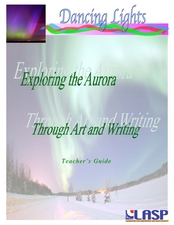






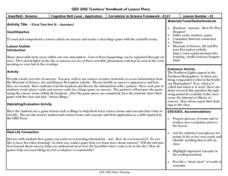


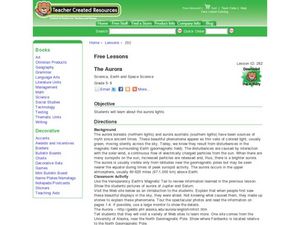



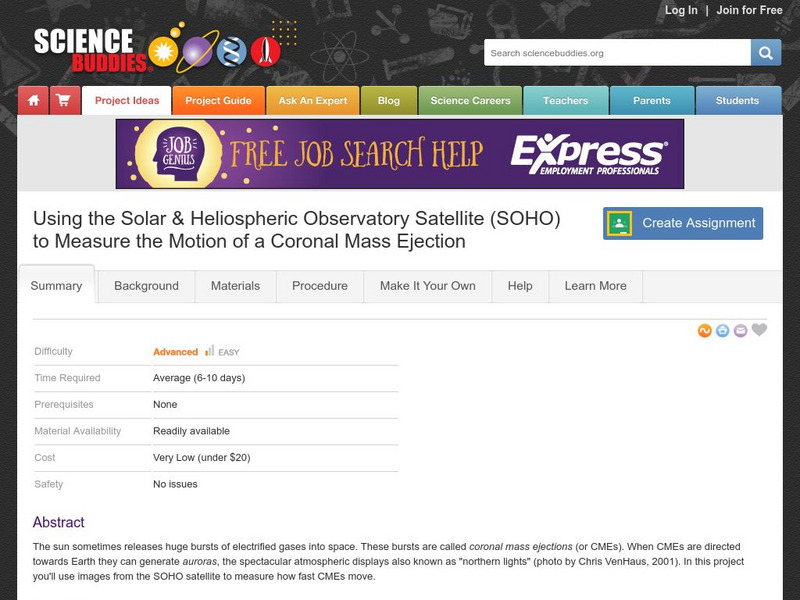
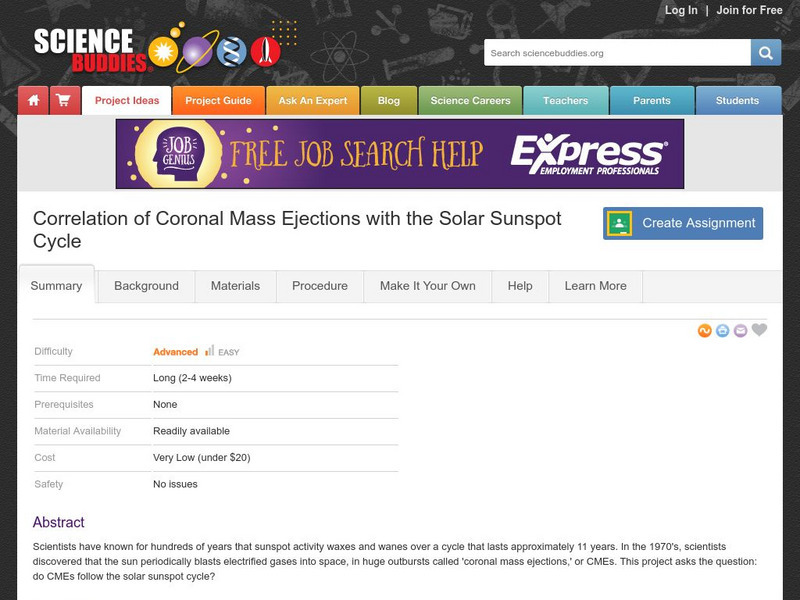
![Noaa: Space Environment Center: Aurora [Pdf] Handout Noaa: Space Environment Center: Aurora [Pdf] Handout](https://d15y2dacu3jp90.cloudfront.net/images/attachment_defaults/resource/large/FPO-knovation.png)




